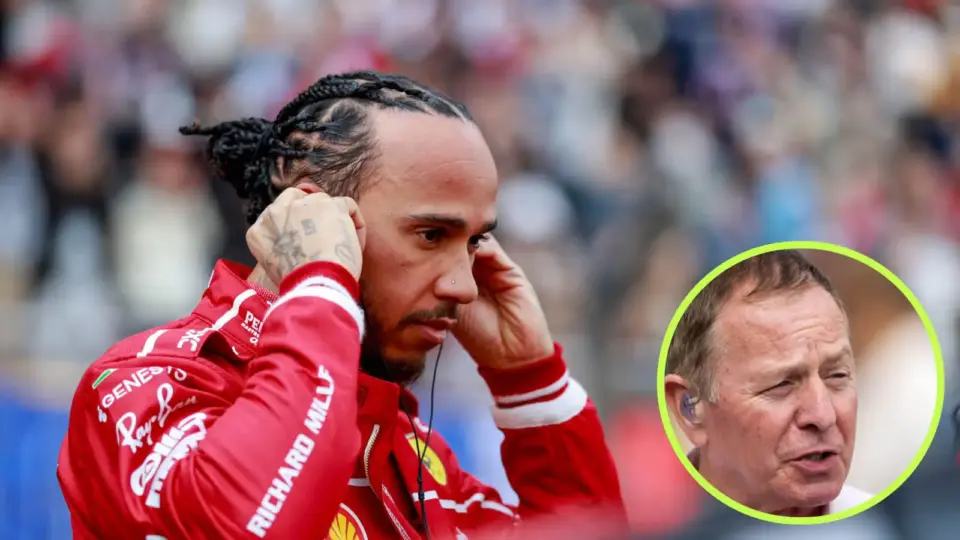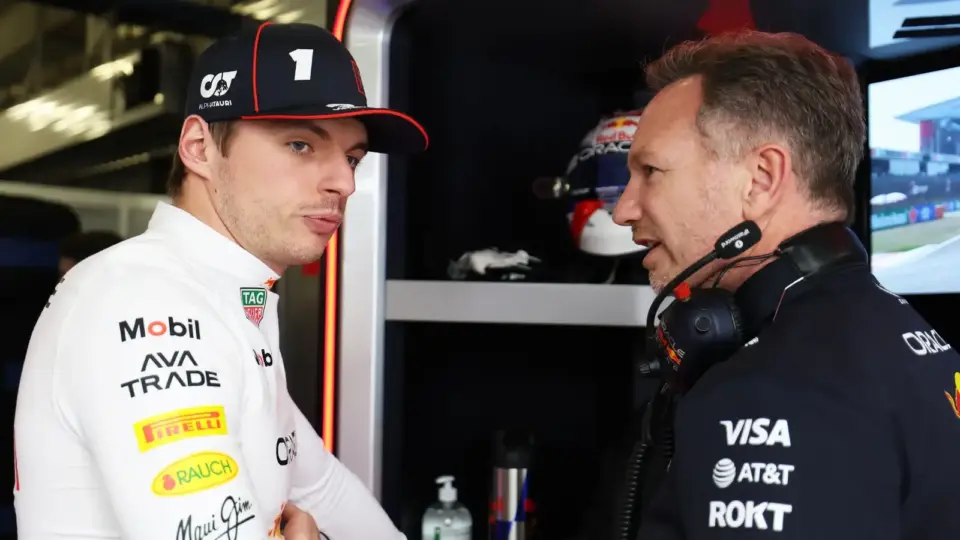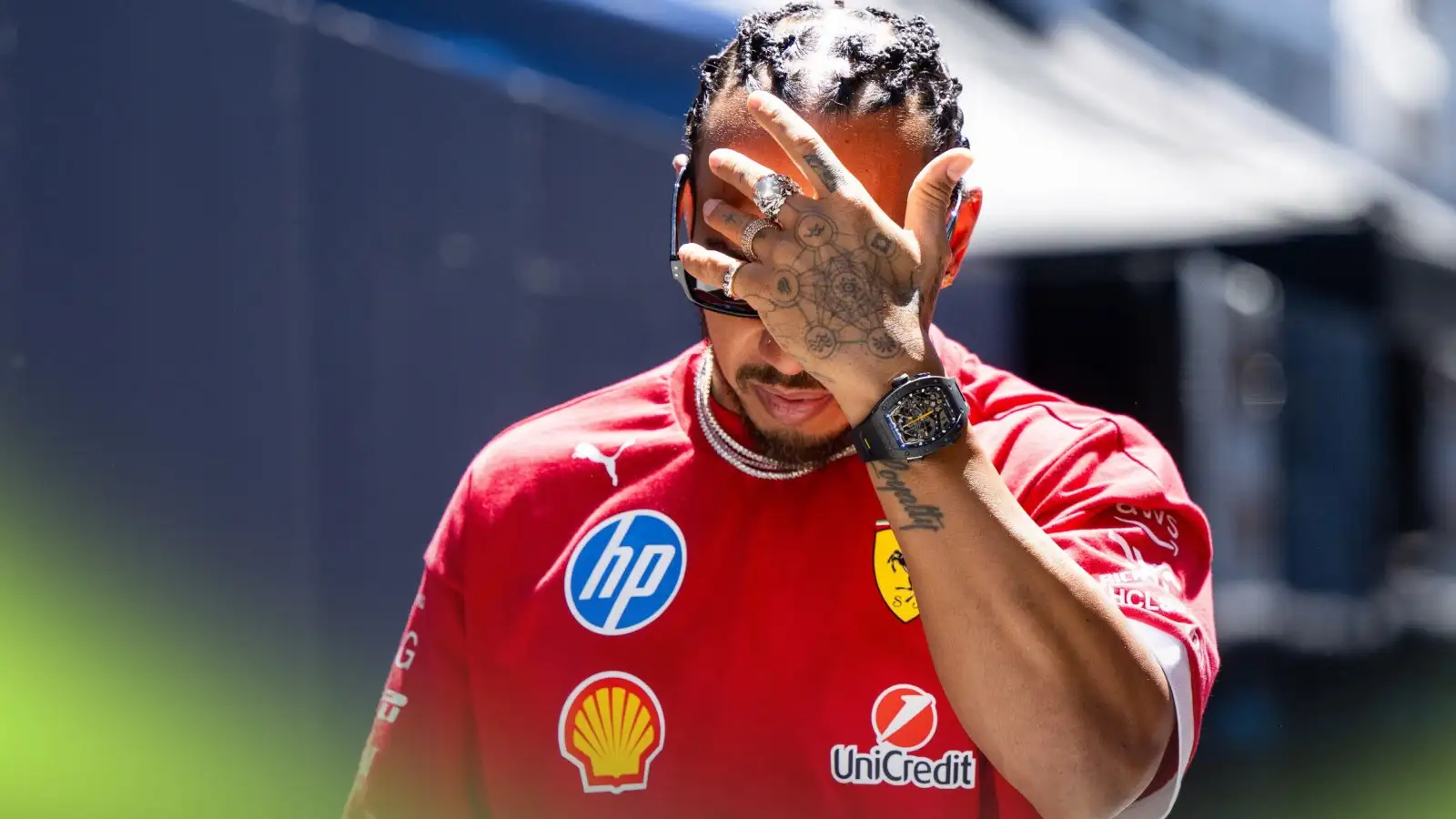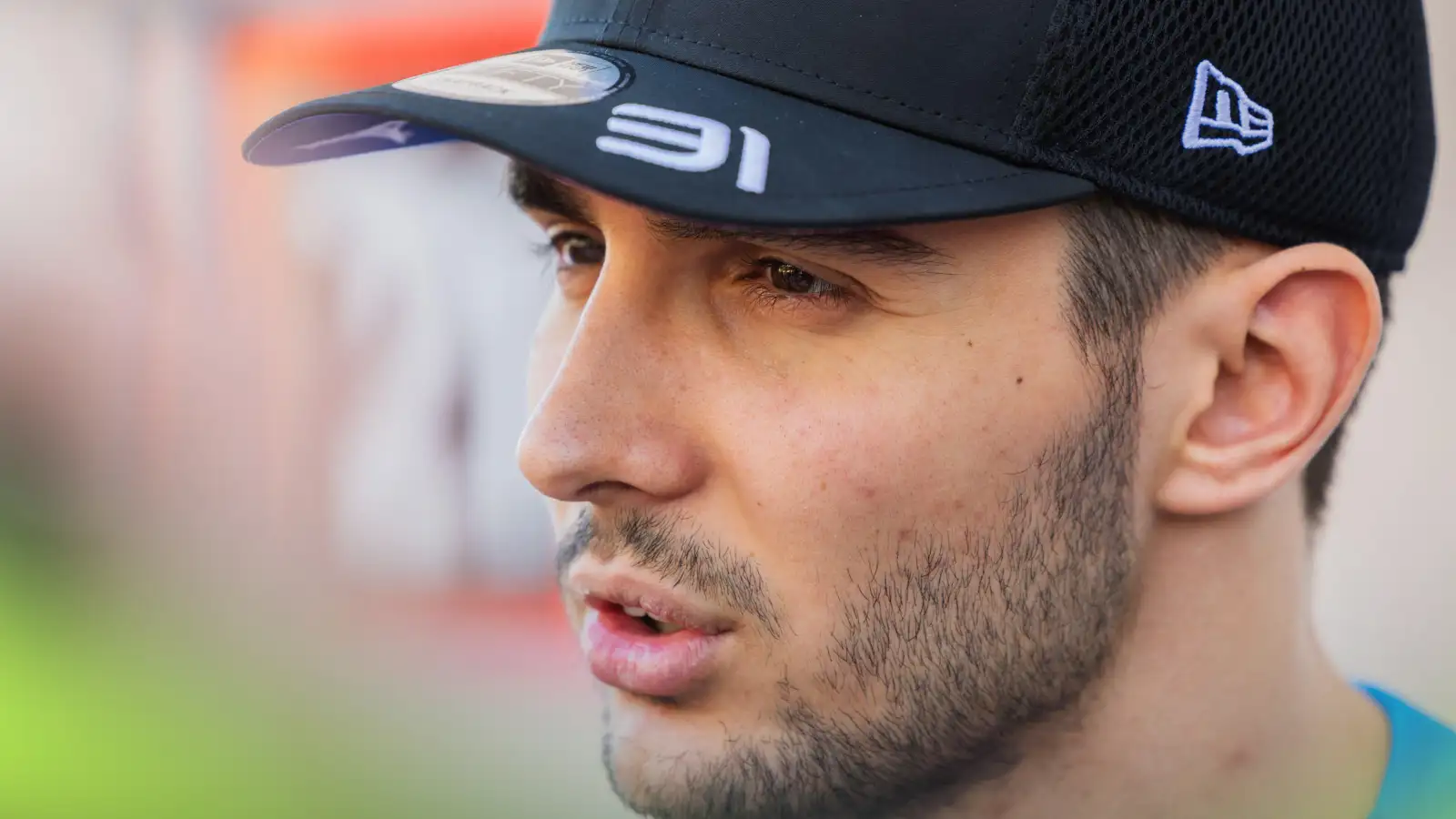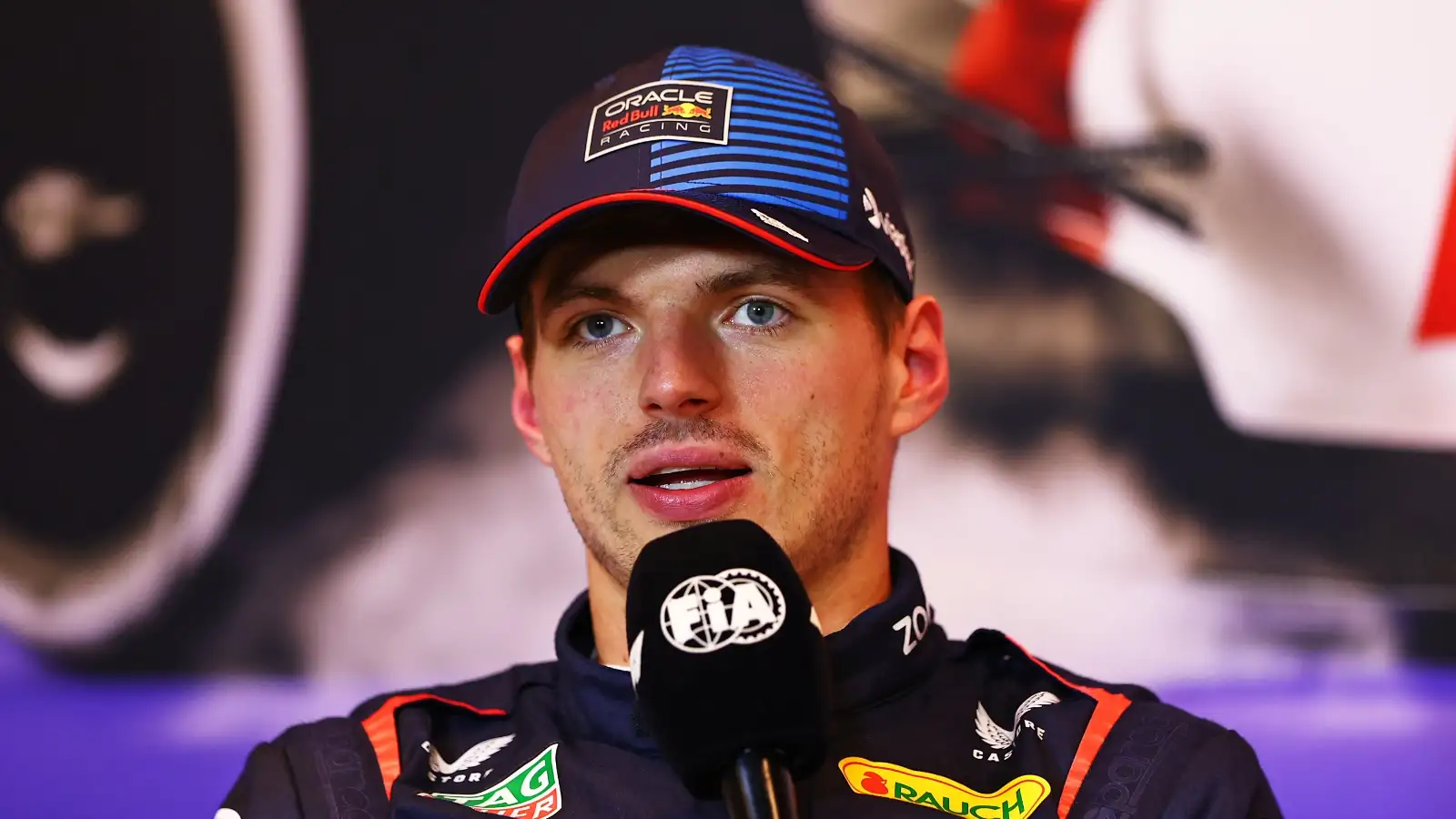In a season already full of surprises, the F1 world sees yet another twist. Nico Hulkenberg, the seasoned driver recently shifted to Sauber, finds himself in a tricky spot. A familiar problem has come up for him, reminiscent of Lewis Hamilton’s recent troubles. How did it all unfold, you wonder? Let’s dive into the rollercoaster that was the Bahrain Grand Prix.
With hopes high after a promising start at the Australian Grand Prix, Hulkenberg faced an unexpected hurdle. A disqualification in Bahrain dampened the spirits of what was shaping up to be a great season. But what exactly went wrong for the German driver? It’s a tale of car troubles, unexpected challenges, and lessons learned.
A Promising Start Turned Sour
Nico Hulkenberg started his journey with Sauber on a high note, earning points in Melbourne, where the team achieved more than they had in the entire previous season. Though the excitement was palpable, the Bahrain Grand Prix had other plans. Following an intense race, Hulkenberg was slapped with a disqualification due to excessive skid-block wear. This setback was strikingly similar to an issue faced by Ferrari’s Lewis Hamilton recently.
The realization of Sauber’s car issues came as a shock to many. It seemed the Bahrain circuit made the deficiencies glaringly clear, especially when driving in the ‘dirty air’ of competitors. Hulkenberg’s placement also suffered as he battled for survival on the track amidst these complications.
Learning From the Past
Hulkenberg’s situation is not unique. His experience mirrors that of Hamilton, who faced disqualification for a similar issue weeks prior. This comparison is not lost on F1 fans, drawing attention to a recurring problem in the sport.
Looking back, Hulkenberg reflected on how the Suzuka race seemed more manageable despite being in constant traffic. However, Bahrain presented a more challenging scenario, making it hard for him to judge the car’s true capabilities. He acknowledged that survival was the primary focus on the track, highlighting the severity of the problem.
Despite the disqualification, valuable insights were gained. The race offered lessons that could help the team adapt and improve their car’s performance in similar competitive situations.
The Dirty Air Dilemma
The term ‘dirty air’ describes the turbulent wake left by F1 cars, which can significantly affect the performance of those following behind. Hulkenberg’s Sauber seemed particularly sensitive to these conditions, impacting his ability to maintain control and speed.
When asked whether this sensitivity was a design trait, Hulkenberg admitted it was possible. However, he also pointed out that all race cars lose some downforce in dirty air, though the extent varies. For Sauber, this balance appeared off, with the car struggling more than expected.
What’s Next for Sauber and Hulkenberg?
Sauber now faces the challenge of addressing these aerodynamic issues. The team needs to refine their car, ensuring better performance in future races. It’s a pivotal period for both Hulkenberg and Sauber, requiring strategic adjustments and innovations.
With four races into the season and mixed results so far, the focus is on learning and adapting. Hulkenberg’s candid observations provide critical insights into the car’s behavior, allowing the team to target their improvements effectively.
Behind the Wheel: Hulkenberg’s Insights
Hulkenberg candidly shared his experiences, highlighting the unpredictable nature of race starts and safety car restarts. He emphasized the necessity for focus and adaptability when grappling with the challenges presented by the car’s unstable performance.
As the season progresses, Hulkenberg’s feedback remains invaluable. His ability to articulate the car’s issues offers the team a roadmap to potential solutions, aiming for a more competitive edge as the races unfold.
Comparisons with Hamilton: A Familiar Tale
The parallels between Hulkenberg’s current situation and Hamilton’s previous disqualification draw significant interest. Both instances underline a broader challenge in F1 regarding car regulations and performance.
Hulkenberg’s insights resonate with many, as they reflect the ongoing quest for balance amid evolving car designs. The aim is clear: learn from these setbacks and return stronger.
Navigating Forward: Strategies and Hopes
Adapting to the car’s needs while enhancing its capabilities remains a priority. Sauber and Hulkenberg are working towards strategic advancements, focusing on mitigating the effects of dirty air and optimizing performance for future races.
Hulkenberg’s journey showcases the resilience required in F1. Despite the setbacks, there’s optimism about the team’s potential to turn the tide.
Despite the hurdles, Hulkenberg remains optimistic about the path ahead. His experience serves as a reminder of the unpredictability and excitement of F1 racing. With strategic adjustments on the horizon, both driver and team aim to bounce back stronger, showcasing the grit and determination the sport demands.

